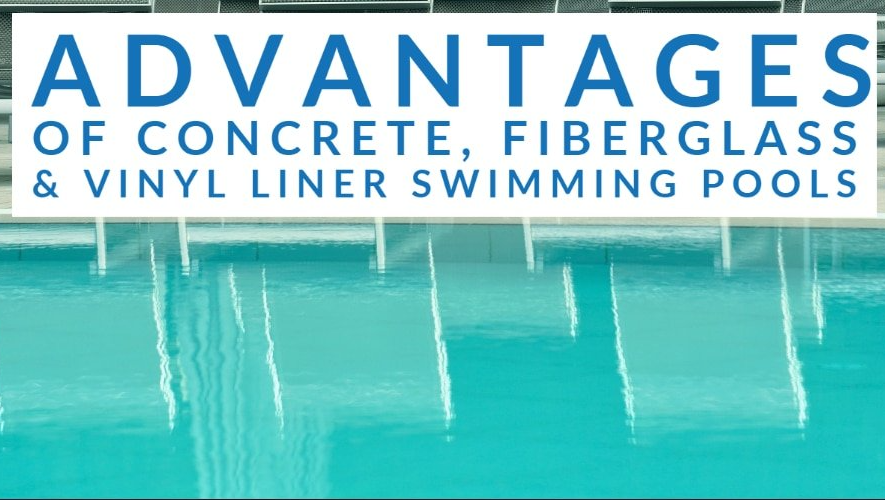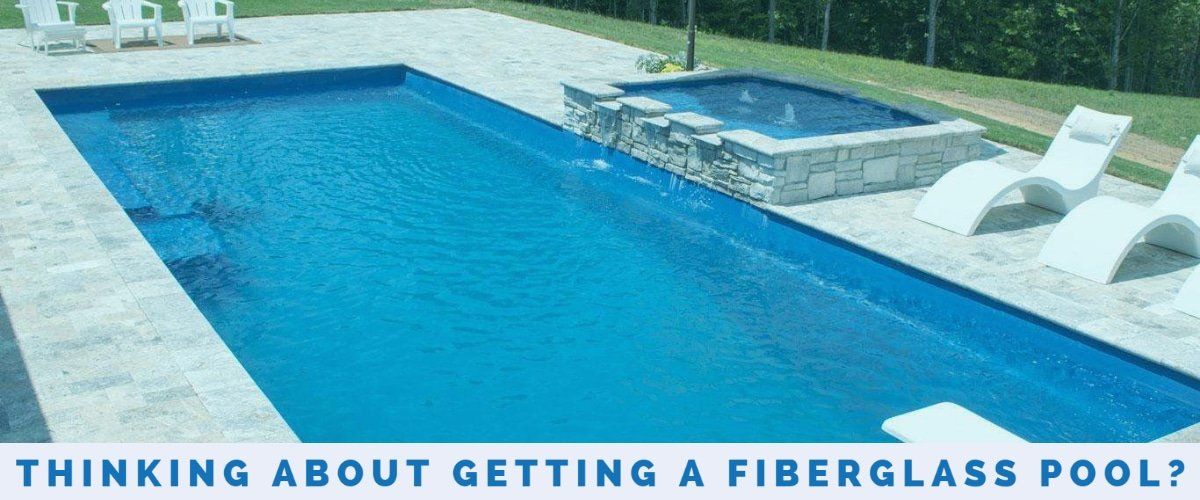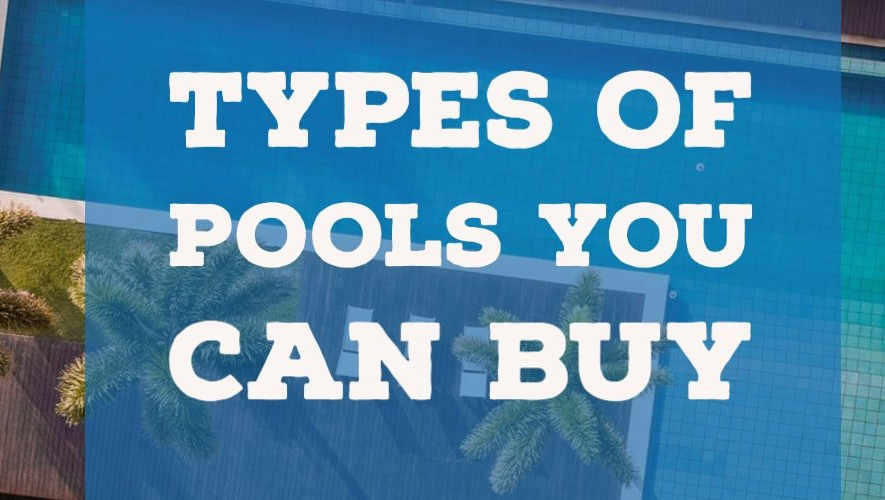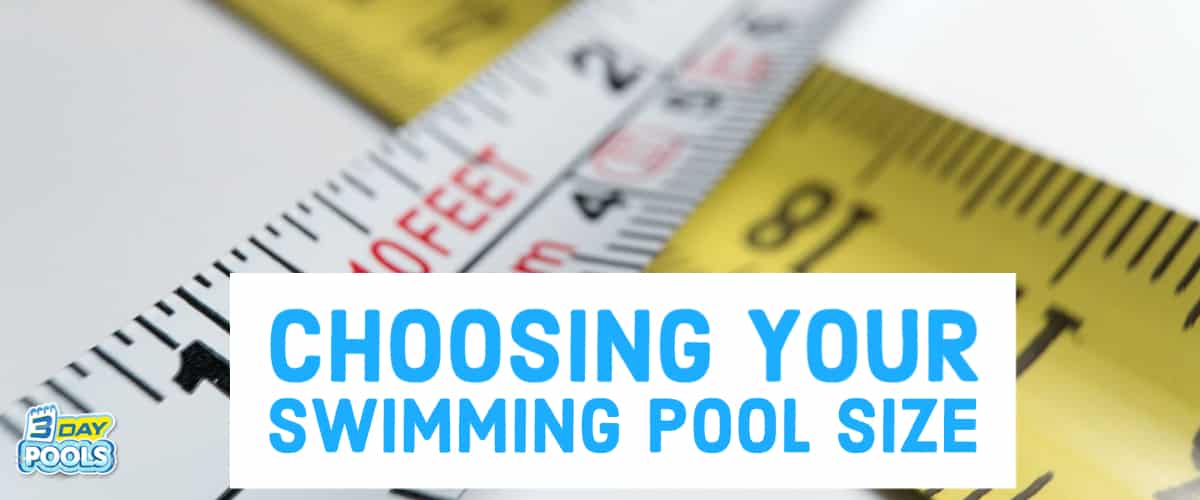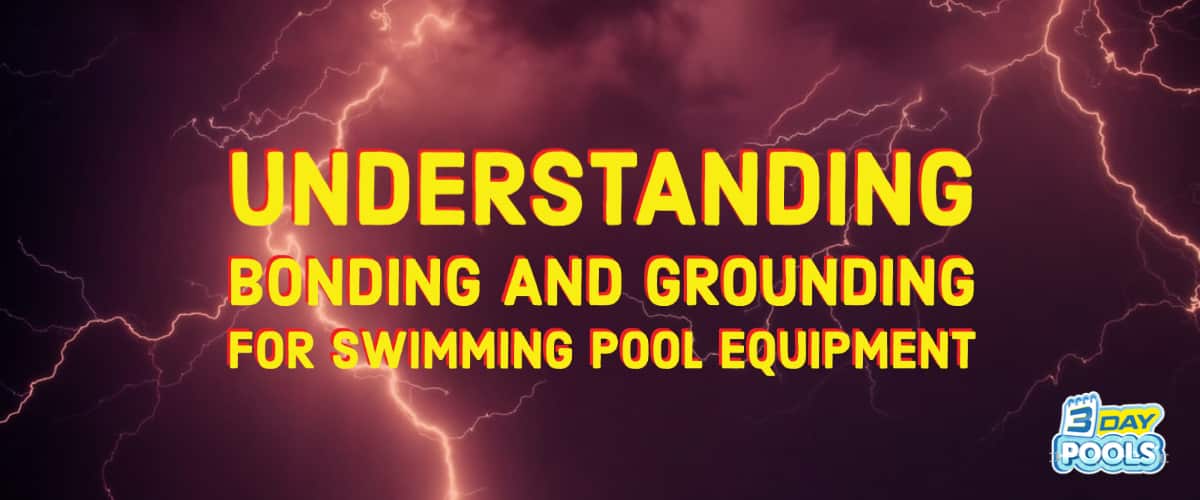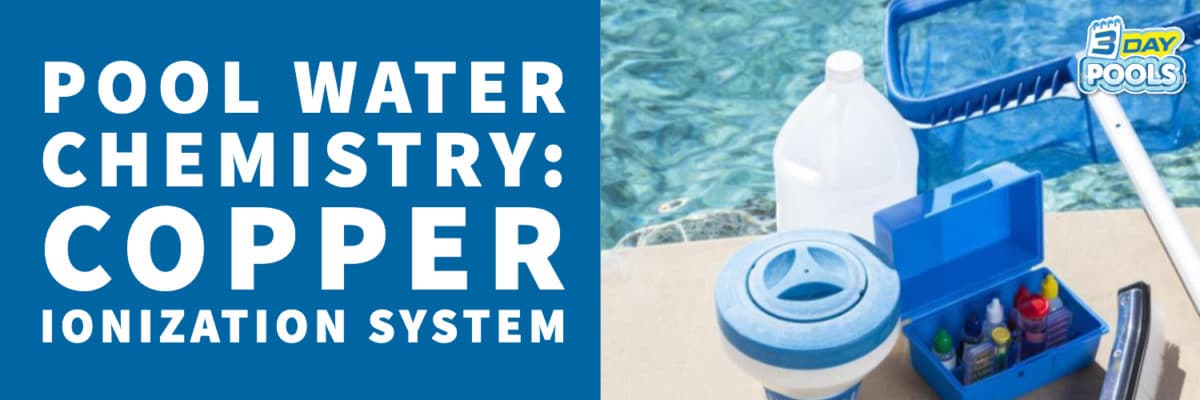416-268-4493
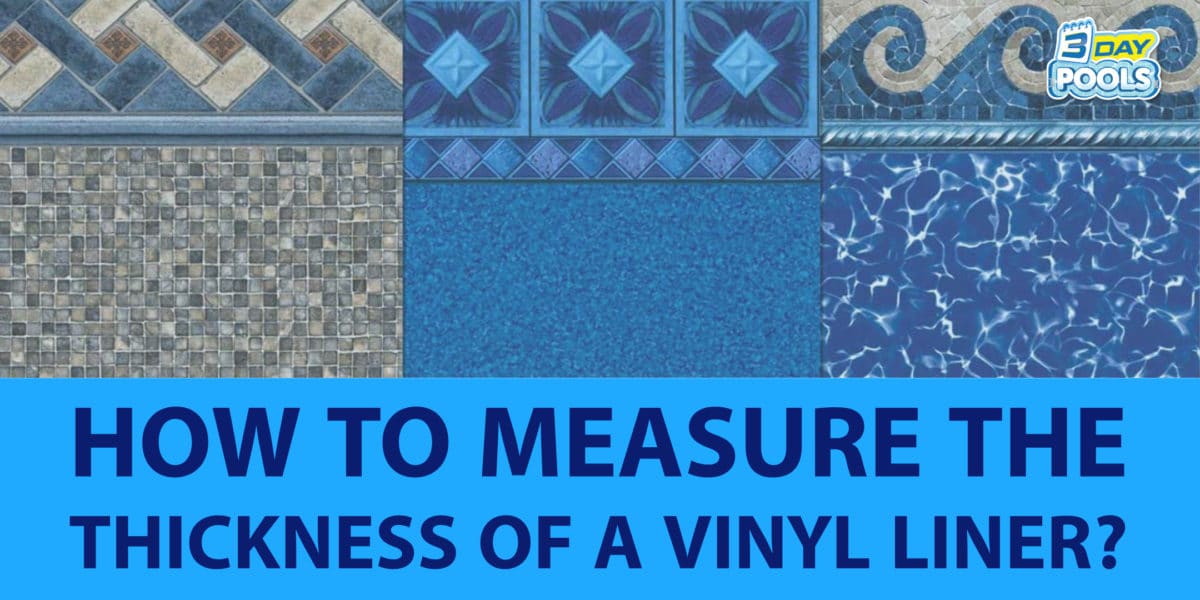
Measuring the Thickness of a Vinyl Liner
How to Go About Measuring the Thickness of a Vinyl Liner?
One of the most important components of a vinyl liner pool is its liner (yes I actually said that). However, choosing the vinyl liner that’s right for you can be tricky, especially when there are so many varieties to choose from.
Oftentimes, the excitement of a new pool will lead to deep discussions on things such as style, design, and colour. The reality is that it is the thickness of a vinyl liner that will really make or break the pool- determining the required thickness is something that needs to be based upon personal preference as well as lifestyle.
But how are they measured by manufacturers? And what do those measurements mean when it comes to your pool?
The Difference Between Mils and Gauges: Pool Vinyl Liner Measurements
Measuring Using Mils:
The standard for measuring the thickness of a vinyl liner is in mils. One mil is 1/1000 of an inch. So,
-30 mil = 0.030 in
-32 mil = 0.032 in
A mil is sometimes referred to as a thou, short for a thousandth.
(Note a mil is not a millimetre. One mm is equal to around 39 mils.)
A mil is a very small unit of measurement. It requires a special gauge called a micrometer to be able to measure it. The manufacturers use the micrometer to ensure the precision of the thickness.

Though a mil is the standard measurement, some manufacturers like to be tricky and measure in gauges. It is important to recognize which form of measurement they use, because the two are different enough that mistaking one for the other could cause confusion and frustration.
Measuring Using Gauges:
The unit called a gauge, which some manufacturers like to use to measure a liner is more difficult. The size of the gauge unit varies depending on which manufacturer is consulted. Because of this, it can be hard to accurately gauge the size of the gauge.
While the same is not true for industries such as steel, the pool vinyl world has a pretty common way of judging the measurement. When the actual size goes up, the gauge measurement will also go up. This means that if you had a 20-gauge liner, it would be thicker than a 10-gauge liner.
There are people who try to use the terms gauge and mil interchangeably, which is not something that should be encouraged. Due to the variations in the sizes of a single gauge based on each particular manufacturer, a 32-mil liner will not always be the same as a 32-gauge liner.
The best way to avoid any confusion if the manufacturer gives out a measurement in gauges is to ask for the thickness of the vinyl liner in mils to ensure correct communication.
The Proper Thickness of a Pool Liner:
Oftentimes, judgement of how thick to make a pool liner is made based off of personal priorities such as financials, practicality, and insurance.
Generally, the more cost-effective option when choosing a vinyl pool liner would be one that measures 20 mils.
A thicker liner is usually more sustainable, as it will likely last longer and prevents more punctures than a thinner one would. It also offers more insurance once the liner does get punctured, since it is more often than not something that can be patched up instead of having to completely replace the entire pool liner.
Lifestyle is also something that needs to be taken into consideration. Is the pool going to be used more for lounging and relaxing in, or will it be something that is going to have toys and kids playing in it? Will there be a dog swimming in it with sharp claws that can easily puncture a thinner liner?
The personal preference on how thick to buy a liner is one that should be carefully considered. Sometimes, the economic option is fine. Other times, it is worth the investment to purchase a thicker, more reliable vinyl liner.
Embossed or Non-Embossed Vinyl?
Embossed Vinyl:
Embossment of a pool vinyl liner is something that has an effect on the measurements and definitely needs to be kept in mind while choosing a liner thickness.
(15 mils embossed will not be equal to the thickness of one that is 15 mils non-embossed).
The peaks and valleys that make up the embossed liners mean that it will vary in thickness. It is a great way to get a softer liner that feels thicker than it actually is. The peaks of the liner are generally what is measured. This means that the all-solid part of the base, where the actual thickness is, is not the end of the measuring. The thickness is therefore actually less than the number of mils.
Non-Embossed Vinyl:
While less soft and squishy, the non-embossed vinyl option has no enhanced thickness. What is measured is the actual thickness. The top of the liner is flat, and there are no peaks and valleys to be falsely measured.
The cost of a pool vinyl will increase as the quantity increases. Since embossed liner contains a lesser amount than a non-embossed liner would, even if the thickness in mils appeared the same, the non-embossed one would appear to cost more.

The Best Kind of Pool Liner?
There is no one answer on what the best kind of pool liner is. It all depends on a person’s situation and priorities. Liner maintenance can be a financial issue for some since it is one of the most common problems for vinyl liner pools. Liner replacements can get expensive, so sometimes it is better to invest in a better vinyl initially so that the immediate low cost of the economic option will not be futile due to the later costs of replacement.
Concrete pools may be durable, but they are more expensive than the alternatives. They will not have a liner to be pierced or broken, but both the initial cost and the maintenance costs are high.
Fiberglass pools have no liner to replace, which means that lifetime maintenance costs will be greatly reduced. Dogs’ claws and kids’ toys will not be able to make a hole in the gel coating of the pool.
Uptown Pools are experts with fiberglass pools and are ready to help you see if it is the right option for you and answer any questions you or your family may have about them.
OUR RELATED SWIMMING POOL TOPICS
Pool & landscape products specifications are believed to be accurate at the time of original publication.
Viewers should verify specifications & installation requirements with the installing dealer or manufacture’s manual rather than relying on information on this website, which is not intended to be a final specification.

